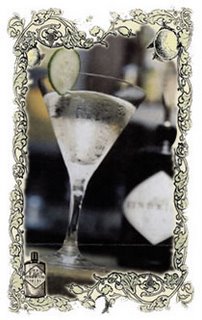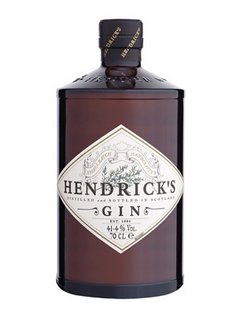Gin, the primary component of the traditional martini has an interesting history. Although there are unsubstantiated claims that it was first distilled in Italy, the only confirmed beginnings place it in Holland during the early 17th century. Initially used as a medicine to treat stomach complaints, it was later flavoured by the Dutch with
Juniper berries to make it more palatable.
The British first experienced gin during the
Thirty Years War where it was administered as a courage booster and warmer during the long campaigns in the damp weather. Many soldiers brought it back to England with them where it began to appear in chemist windows. Distillation began and although the quality was questionable, the drink soon became a favourite with the poor.
A reform introduced by King Charles I helped to improve the quality of distillation in London and English gin instantly began to improve. Over the years more changes in the laws loosened the distillation laws and by 1689 gin was being distilled in large quantities and began to outstrip sales of beer and ale largely as it was cheaper.
Heavy drinking by the poor was rife and by the 1730s gin consumption was starting to become a problem. The Gin Act was introduced in 1736 that made the liquid prohibitively expensive. At this, many riots broke out and many openly ignored the law. It was repealed in 1742 and more reasonable limitations placed on the price, excise and liscenses for gin production introduced.
Gin palaces (pictured) began to thrive during the early 1800s and more reforms during the 1830s aimed at controlling the wide availability and cheap price of gin helped to create an industry that is famous today for producing high quality and subtly flavoured gins.
Gin production
Gin can be made by two methods. The premium method is "distilled gin" such as London or Plymouth Gin, or by flavouring existing alcoholwith natural ingredients which is described as "compounding gin".
Gin can be made from any spirit alcohol that matches the original agricultural strength (96% ABV) and EC regulations on purity. This is generally from grain or molasses and posesses no flavour, the process being fairly similar to creating vodka.
The flavouring ingredients are termed botanicals, and the amount, quality and variations may differ between companies, although all gins contain Juniper berries and the most common ingredients are coriander, angelica, orange peel, lemon peel, cardamom, cinnamon, grains of paradise, cubeb berries and nutmeg. Typically a fine gin contains six to ten botanicals.



